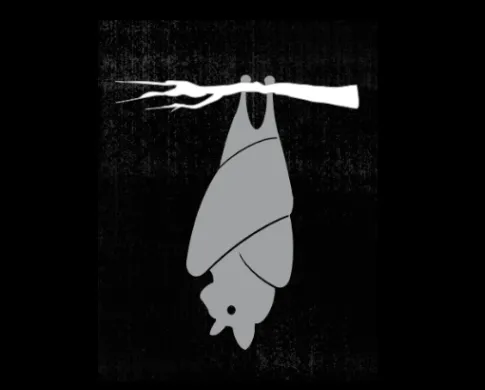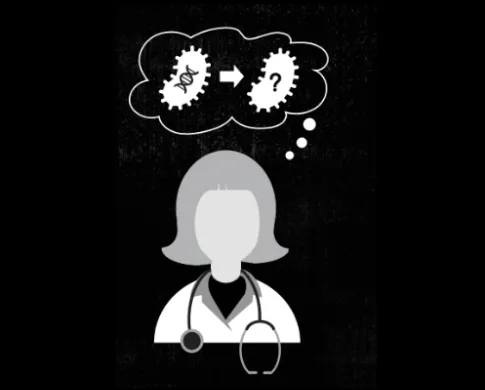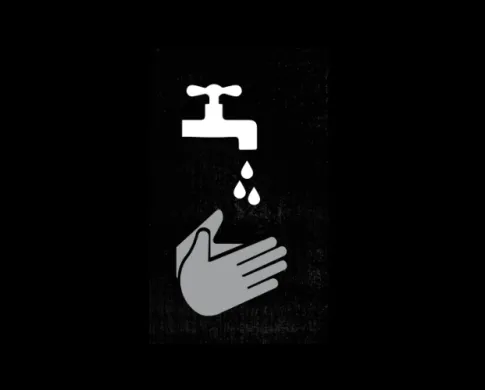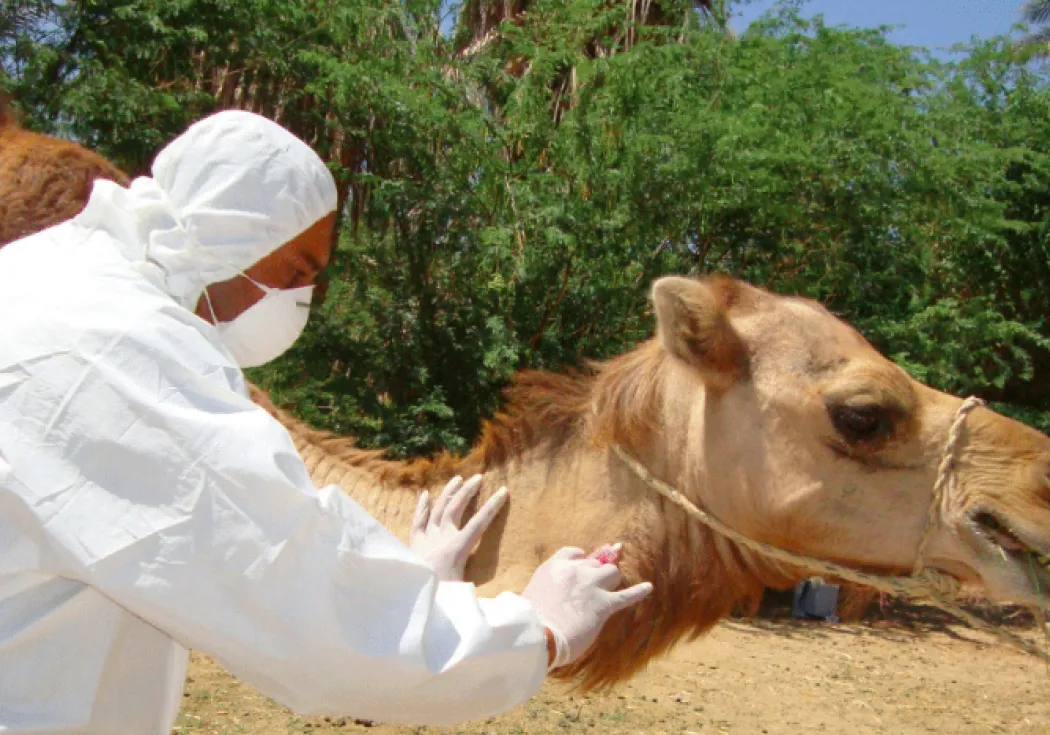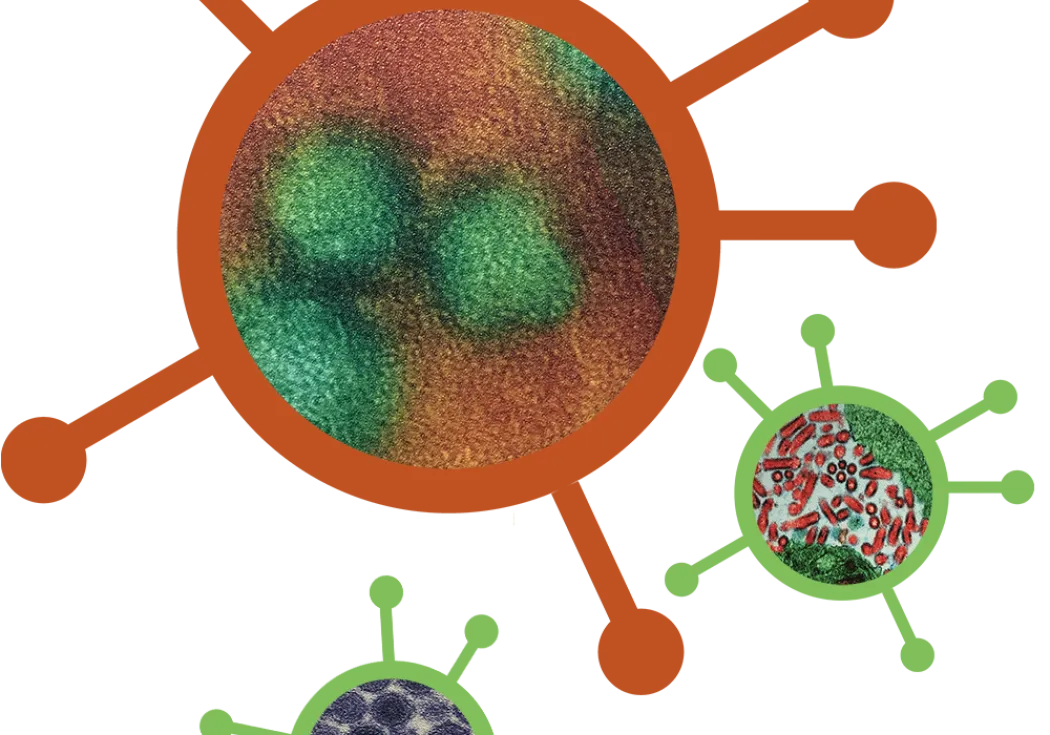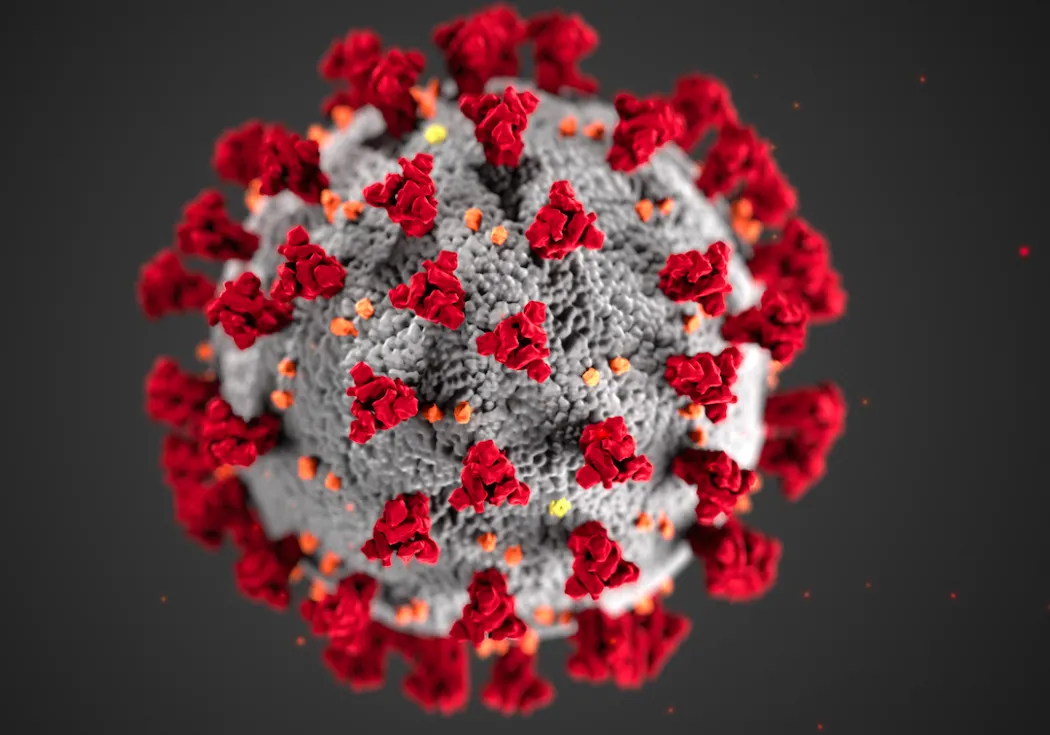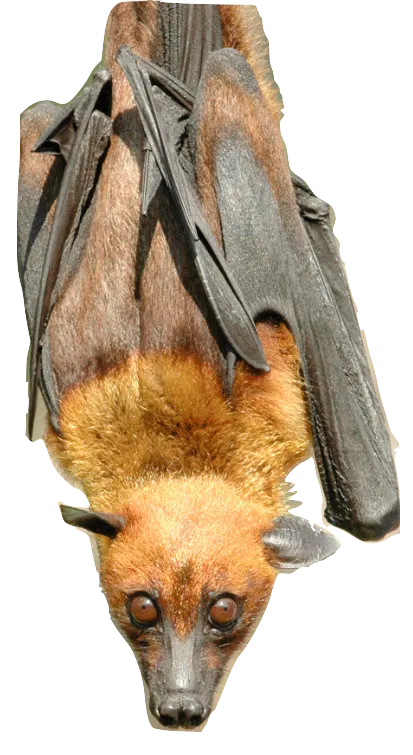
Search
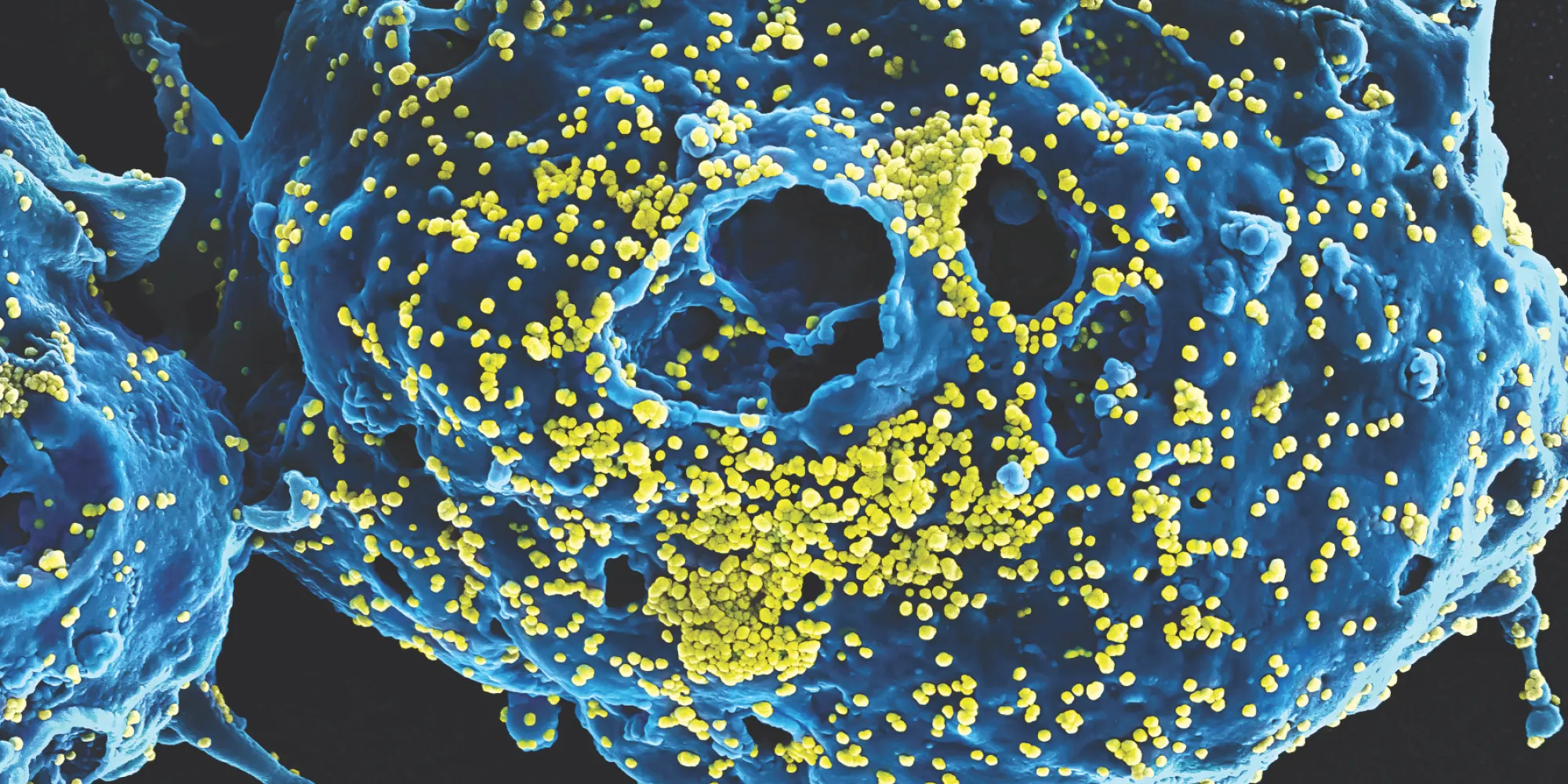
Outbreak: Epidemics in a Connected World Digital Exhibit
One World, One Health
The Human-Animal-Environmental Connection


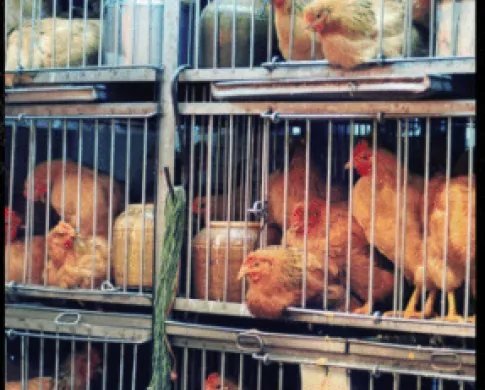
Did you know?
When people began to farm and domesticate around 11,000 years ago, our risk of exposure to zoonotic diseases increased.
The majority of new infectious diseases in humans are zoonotic: they originate in other animals.
How can pathogens spread from animals to humans?
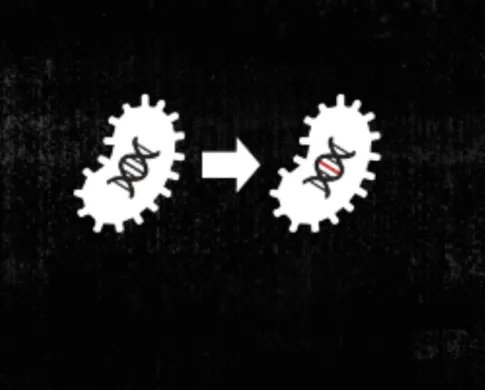
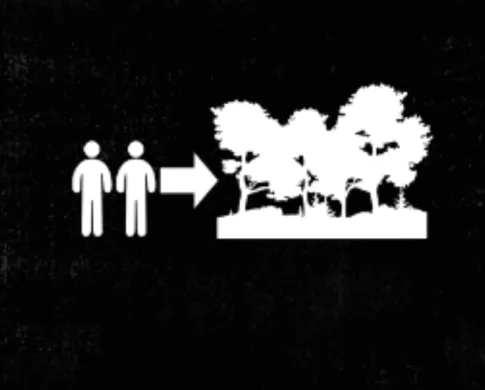
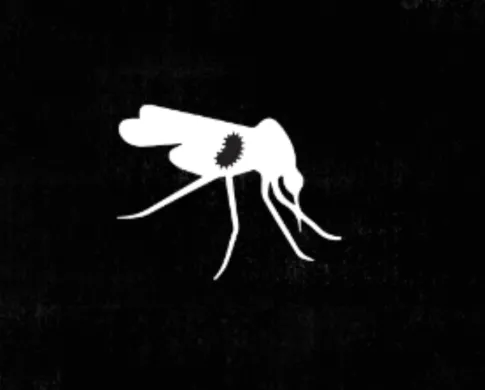
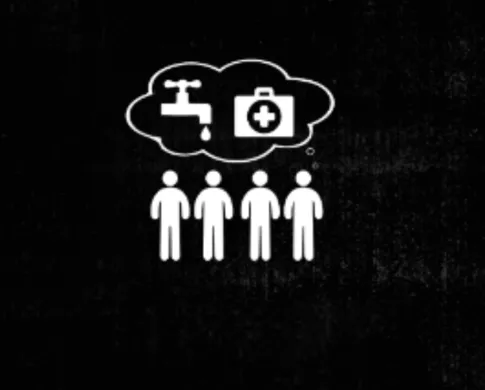
Did you know?
Pathogens are microscopic organisms (microbes)—such as viruses and bacteria—that cause infectious diseases.
Where Do Zoonotic Diseases Come From?
Bats are effective at spreading pathogens. Why?

Bats live together in large groups, sharing viruses among them.
Bats seem to carry viruses without getting very sick. We’re still learning how.
Bats fly long distances, taking viruses to new populations.
Bats live everywhere people do.
Why not just kill all the bats?
We need bats. Bats are vitally important for maintaining healthy forests and crops by eating insect pests and dispersing pollen and seeds.
Bats are not to blame. We get exposed to bat pathogens when our own activities, such as deforestation, bring us closer to them.
(Image courtesy of Jonathan Epstein)
Spillover → Outbreak → Epidemic → Pandemic
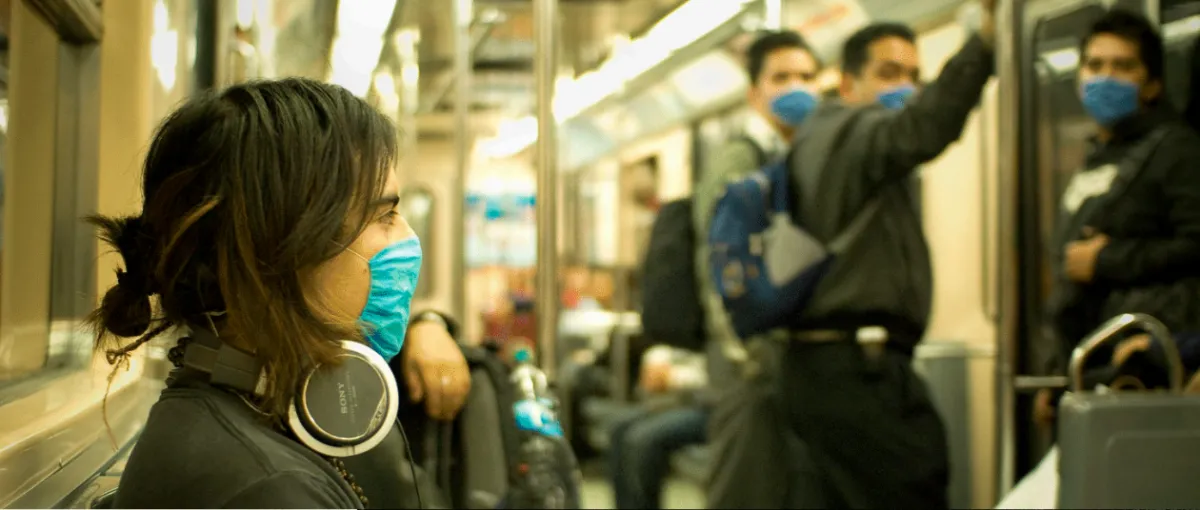
Pathogens can “spill over” into humans when we are exposed to infected animals. Once pathogens infect humans, they can travel anywhere humans go.
When multiple people are infected, the spillover becomes a disease outbreak.
If an outbreak is not stopped, it can become an epidemic. An epidemic that spreads globally is called a pandemic.
Did you know?
Many pathogens spread when humans have contact with the blood, urine, feces, or saliva of wild animals.
TAKE ACTION

Wash your hands often.
Get vaccinated when possible.
Stay home and don’t travel when you are sick.
Protect yourself from insect bites.
Use antimicrobial medicine only when and as prescribed.
Disinfect your kitchen and bathroom.
Practice safer sex.
Get information from your public health department.
Spread the word: #Outbreak
Keeping Track of Pathogens
Microbes can develop resistance to the drugs used to eliminate them.

This antimicrobial resistance (AMR) can, for example, occur when farmers overuse antimicrobial medicines in livestock, when doctors prescribe the wrong drugs, or when patients use them improperly.
Did you know?
Vaccines keep viruses from taking hold in the body, instead of treating a disease after it strikes.
Different Tools: Bacteria vs. Viruses
Working Together
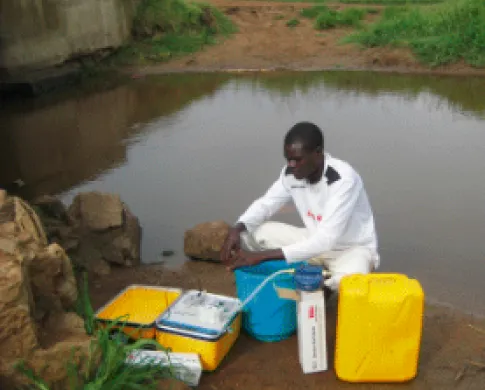
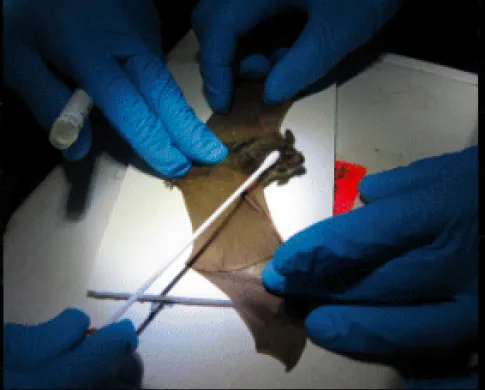
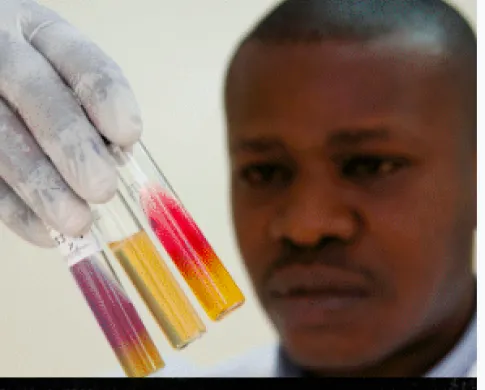
One Health Heroes
There are many ways to be a hero in the fight against infectious diseases.
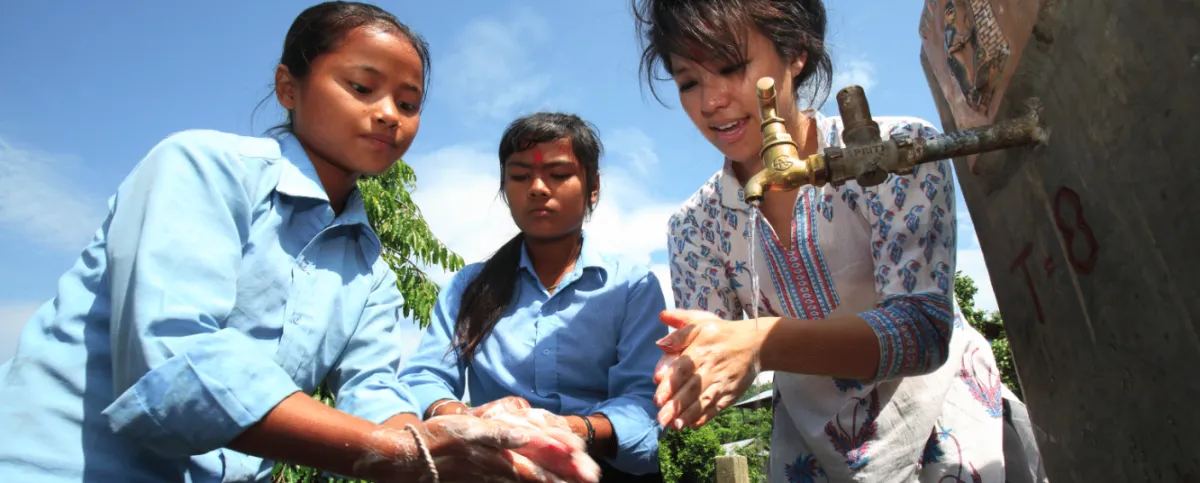
Keeping an outbreak from becoming an epidemic requires cooperation and coordination from individual communities to international partnerships.
Rumors, fear, and misinformation about an infectious disease can help it spread.

Did you know?
Scientists and public health organizations monitor influenza infections worldwide year-round to be prepared.
Influenza is one of the biggest pandemic threats we face.
The virus spreads through the air and mutates rapidly. Different strains are dominant each year, and new vaccines are produced each flu season.
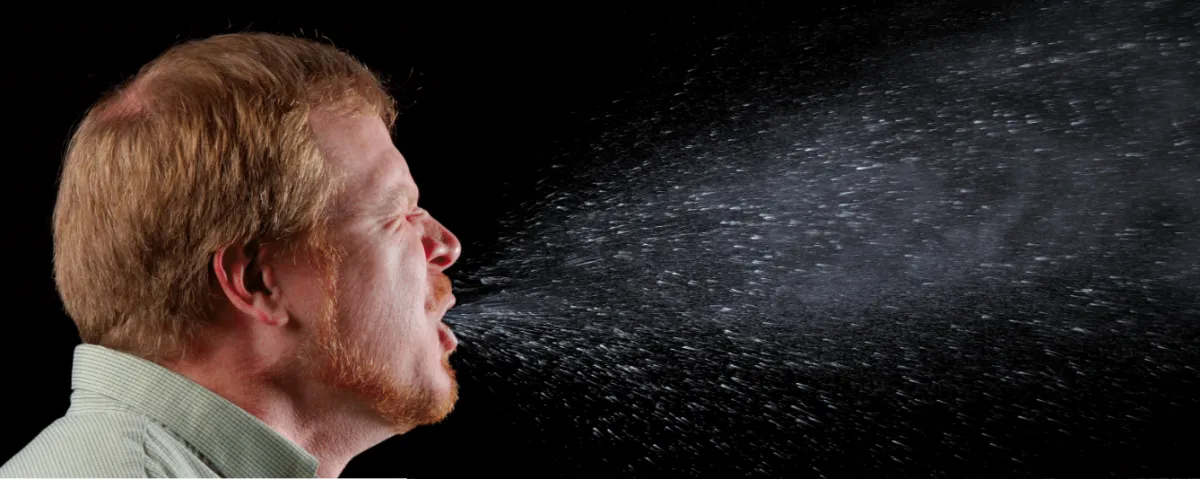
Research is ongoing to develop a universal influenza vaccine that could protect against multiple subtypes of the virus, including newly emerging strains with the potential to cause a pandemic.
Some Influenza A Subtypes

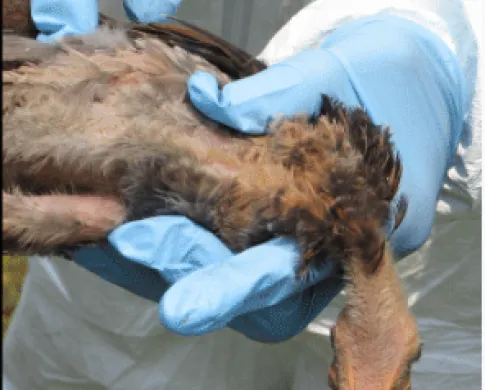

Some Things to Know About COVID-19
